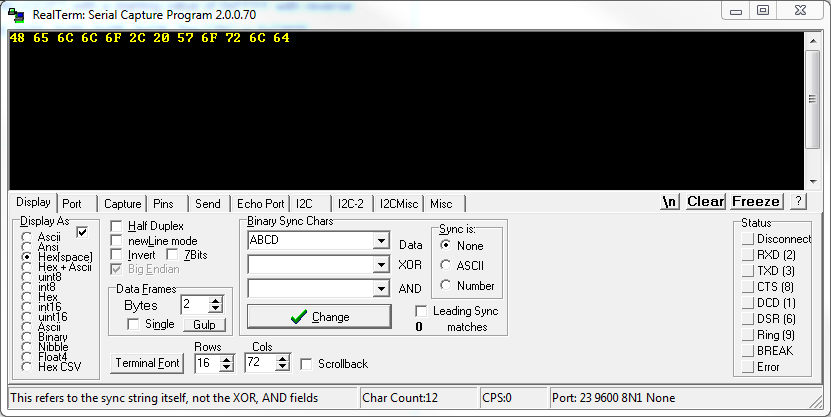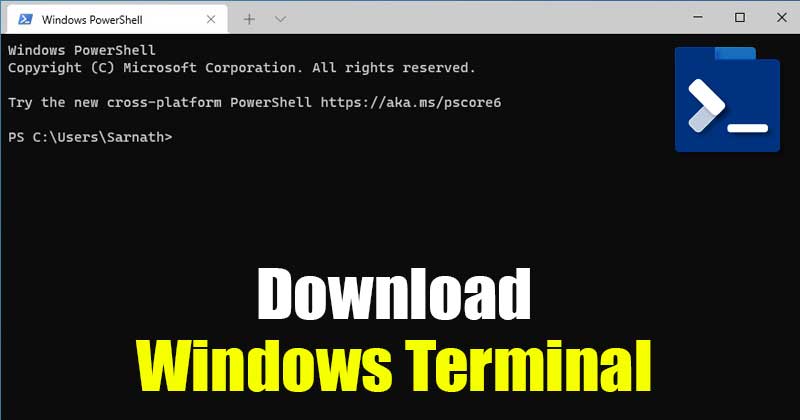



That is, we need to make sure that packets from the PC also fly out with a TTL value of 64. (For other devices, search for yourself). As mentioned, for Android and iOS devices, this value is 64. In this article, we do this by changing the TTL on the PC.įirst you need to find out what TTL the phone has. Thus, to trick the operator, the TTL values must be equalized. This is how Internet distributors are scorching - there are different TTLs As a result, the operator sees packets with two different TTL values, which is impossible if the donor phone does not distribute the Internet in the access point mode, and blocks the distribution, offering to pay for it. Packets from the PC to the donor arrive with TTL = 128 (the default value on the PC), they lose one at the donor and go to the provider with TTL = 127. What happens: packets from the donor leave, as before, with TTL = 64. Then the inexperienced owner of the donor's phone started tethering (Internet distribution) and tries to use the Internet additionally on the PC. Packets go to the operator with the only possible value TTL = 64 For Windows 128 (although it depends on the version). For Android and iOS devices this value is 64. Let's take a closer look at this logic of this scheme.īy default, the lifetime of a package is different on a phone and a PC. One of the schemes is to leave the TTL on the sending phone as it is, and on the computer to correct the TTL. As already, the point is to equalize the TTL values on the sending and receiving device. On the phone or on the PC - it depends on the bypass scheme. To bypass the operators' restrictions on the distribution of the Internet, sometimes you need to change the TTL value.


 0 kommentar(er)
0 kommentar(er)
